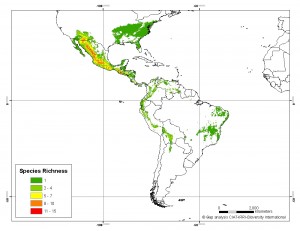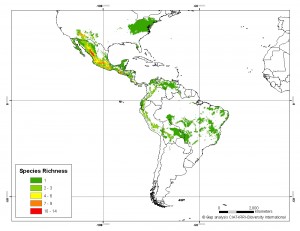Andy Jarvis and his parents pause for a photograph during the drunken revelries which followed his acceptance of the Ebbe Nielsen Prize in Copenhagen last Tuesday (Picture credit: Ciprian Vizitiu).

Agricultural Biodiversity Weblog
Agrobiodiversity is crops, livestock, foodways, microbes, pollinators, wild relatives …
Andy Jarvis and his parents pause for a photograph during the drunken revelries which followed his acceptance of the Ebbe Nielsen Prize in Copenhagen last Tuesday (Picture credit: Ciprian Vizitiu).

Our friend, colleague and occasional contributor Andy Jarvis received GIBF‘s Ebbe Nielsen Prize for innovative bioinformatics research last night in Copenhagen. Andy has been doing his trademark work on the spatial analysis of crop wild relative distributions 1 at CIAT, just outside Cali in Colombia, jointly with Bioversity International. He used the occasion to highlight the contribution made to this effort by his numerous Colombian colleagues. Congratulations to all of them.


LATER: Here’s Andy’s talk.